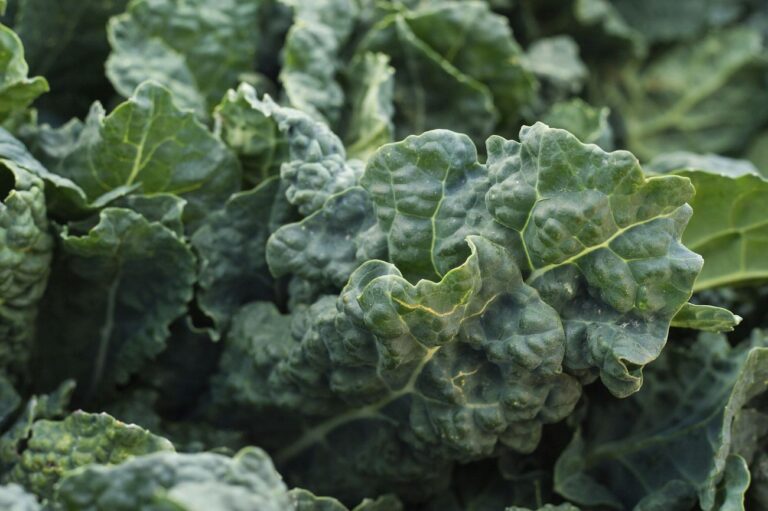Challenges Facing Tomato Farmers
They stand tall. Waving majestically in the wind, yellow flowers dancing whilst the fruits tantalizingly beckon you. The underrated tomato, that is.
What you see in the fields are products of back-breaking work, sweat, and tears. Lots of tears.
One thing is certain. Tomatoes will receive all manner of pests in the name of visitors. The ability of the plant to withstand these unwelcome visitors is what will determine if the plant survives.
Winning with tomatoes starts at the planning stage
During the planting stage of tomatoes, special care is needed. Do not scrimp on farmyard manure(FYM). Ensure that the fertilizer is rich in phosphate for robust root development. Adding potassium nitrate salt in the soil also helps the plant withstand drought better, apart from helping it develop beautiful foliage at a faster rate.
Epsom salt is another secret that farmers should be aware of. It kills some soil-borne pests, as well as provides both Magnesium and Sulphur to the plant. Epsom salt can be given once a month at the rate of 50gm per 20 liters of water.
Sadly many farmers don’t know the multiple functions of Epsom salt. These include firming up the skin of the tomato, giving a deeper color as well as increasing the sweet taste. Firming the skin is really important as this increases the shelf life of the fruit.
Some farmers are known to add crushed eggshells to the soil to prevent Blossom End Rot (BER). This disorder is described later in this article. The truth is that the calcium is not soluble so is really only useful in subsequent seasons when full decomposition has occurred. Unless the farmer finds a way to extract it.
In the USA, some farmers are known to occasionally use reconstituted milk powder or even milk itself to water the plants. Bone meal is also a rich source of calcium.
Feed your tomato plants well to avoid nutrient deficiencies.
When a few yellow flowers show up, that is a clear sign that you need to add potassium to your soil.
This will lead to a boom of flowers hence more fruit. There are many formulations that are readily available.
You can also use skins of ripe bananas. All you need is to soak them in water and leave them to ferment for about 3 weeks. The resultant liquid is rich in potassium.
This is sprayed on the leaves or can be supplied through fertigation.
Fertigation refers to supplying nutrients through a drip irrigation system. It may be considered a tad anti-social as it has a pungent smell, but the farmer who is used to handling manure may not notice this.
Prepare to deal with Pests and Diseases
For some reason, tomatoes have a habit of attracting all known pests. Some unknown. So it is not unusual for a farmer to scratch his head asking no one in particular “Now what is the problem this time”
Oh, and the challenges range. From fungal infections to physiological disorders and pests. And each has its own remedy
The most common fungal infection is early and late blight. Usually encouraged by moisture either from continuous rain or watering the leaves. It presents as black random patches on the stem as well as yellowish patches on the leaves.
When severe, it leaves black marks/ blotches at the top of the fruit. Fungal infection occurs especially when there are no breaks of sunshine that would allow the leaves to dry. It also spreads when the lower leaves touch the wet ground.
There is no success in tomato farming without water
Yet in contradiction, without water, you cannot farm tomatoes. So, water is both a problem and a solution
The most common physiological disorder is Blossom End Rot. Again, related to water. It is easily recognizable as the base of the tomato is black and sunken. In this particular case, irregular watering interferes with the uptake of nutrients, especially calcium.
You must water tomatoes well and consistently. Adequate watering is also important in fruit bulking – meaning the size of the tomato.
There are also soluble foliar fertilizers that can be sprayed on plants in the event that the soil is poor in calcium. Some farmers also use inorganic fertilizers such as C.A.N to boost Calcium levels.
“Nyanya ni Maji” loosely translates to “Tomato is water”.

White Flies
Then comes the pests.
The small pesky whitefly has made many grown men and women shed tears. The sheer audacity with which they fly into your eyes or nose during the day with no attempt to hide, like other self-respecting pests, makes them one of the biggest enemies of farmers. They seem immune to chemical sprays because, after a particularly grueling spraying schedule, they will appear after a few days.
Using yellow sticker tape works in both scouting and reducing insect population. Organic tomato farmers also spray powder detergent. It weighs down the wings of the whitefly interfering with their ability to feed and multiply. It also has a dehydrating effect on the skin surface of the pest.
Tuta Absoluta
This is the biggest challenge in tomato farming that once saw Nigeria lose over 60% of their tomatoes is a leaf miner, Tuta Absoluta.
It has been known to wipe out many a farm including greenhouses. It appears as a silver, transparent patch on the leaf. Unfortunately, its rate of multiplication is very high that any farmer who hesitates in dealing with it, pays dearly.
Pheromone traps can be used to lure hapless males. Obviously, the sensual smell is, to die for, so to speak.
There are chemicals for getting rid of all stages of Tuta Absoluta but they tend to be quite pricey. Either the farmer buys them early in anticipation or has some sort of mini bank that he can break into, as needed.
Birds
Birds. Beautiful birds. Well, not to the farmer.
They are known to mercilessly peck tomatoes. See, if they could just finish one tomato, then it would be fine. But no, it’s a peck here, a peck there, a peck everywhere.
Birds are however easier to manage as the farmer can invest in a scarecrow that hopefully doesn’t collaborate with the birds. Or he can tie strings from pole to pole and hang DVD or CD that reflect light and confuse the birds.
Another alternative is to hang tapes from old cassettes, again from end to end. The whistling noise produced when the wind blows scares the birds. So the wind really needs to blow.
The Human Pest
The less said about the human pest, the better. This one is the slyest of them all. He is the reason why a farmer invests in a sturdy fence and a robust security system. Fierce dogs are an added advantage.
Conclusion
It is clear that to be a tomato farmer requires one to have a resilient spirit. And a touch of optimism. To keep fighting. You may not see it, but they all have phantom medals. Deservedly so.






